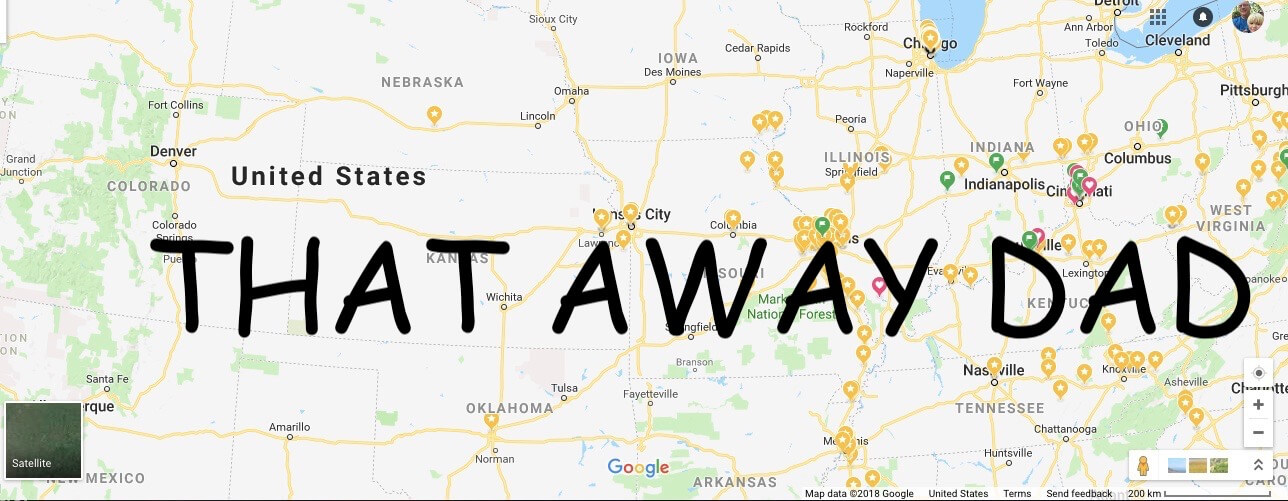Hans M. Hirschi talks about his book series and the gay characters in the fantasy universe he created.
Tell me about this series of books?
I began writing the first book because–like any parent–I wanted to tell my son an original story. But strangely, I have never been very good at coming up with stuff on the fly. You know, at bedtime, when they suddenly want you to “tell them a story.”
Also, I was missing stories for my then four-year-old that explained LGBT-specific issues in an age-appropriate way. That is how Valerius and Evander were born.
The first book The Dragon Princess deals with the overarching topic of “love is love”, while book two, Felix and the Orphanage, in the series, has “becoming parents” or “children” as a topic. All set in a traditional fairytale style.
Who is your audience?
Kids and their parents who want a bedtime story.
As for the age bracket, I’d say anytime from two to three-year-olds and up. I first read the story to my son, and now, that he’s almost seven, he reads them himself.
They are short enough to keep his attention all the way through, with lots of illustrations and not too much text, although book two has a bit more than the first one.
It’s also been my explicit goal for the story to not just appeal to the kids, but the parents as well. I’ve read far too many modern children’s stories that were so annoying that reading them as a grown-up amounted to torture.
Mindless illustrations don’t always enhance the experience. I’m lucky to work with an amazingly talented illustrator. Finn is an incredibly talented artist and their illustrations hugely improve the overall experience. There is so much detail to pick from, for the kids and grown-ups alike.
How long is the book?
Both books have forty pages, and each spread contains an illustration somehow connected to the text.
Is it an LGBT book?
Yes.
Who was the artist for the book?
Their name is Finn Swan. You might notice that the first book was illustrated by Felicity Swan. They are the same person, but Finn came out as trans in the time between the two books and my publisher and I felt it was important to showcase that, too. Celebrate it in a small way. It’s life for the trans community, isn’t it?
I hope to make the third book all about gender and to show kids that not everybody you see is a “boy” or a “girl”. You might even catch a clue in book two…
Tell me about yourself?
I’m a middle-aged writer of mostly LGBT fiction. For me, writing children’s books was never planned, and it still feels more like a hobby or side project, as important as it is.
I once began writing to fill the gap that is LGBT literature that I never got to read myself, hopeful stories with powerful characters. I simply apply the same to my children’s books.
My husband and I were lucky to become parents seven years ago, and it’s been the ride of a lifetime. We are very lucky to have been blessed with a great kid.
Where is the book available?
It’s on pretty much any online book site you could ask for and since it is also in global distribution, any bookstore can order it for you. You can also ask your library to pick it up. It depends a little bit on where you live. You can head to my website to find others, or go through my UK publisher.
(These books along with many others he has written are available on Amazon on his author page.)
What else would you like to add?
Do you know the old adage? “Love the book, tell the world, hate it, tell me?” Unfortunately, the world of publishing today is a brutal one. We all depend largely on Amazon and sites similar to it, and those are largely driven by reviews and sales numbers. The two are intricately linked. Therefore, if you like a book, please leave a short review. It’s the best thing you can do for an author, next to buying books.
Feel free to share more I attended a birthday party with my son the other day. It was a child he didn’t know (a work acquaintance of my husband’s had invited us.) Within minutes, the kids were playing with each other and by the end of the two hours, it felt like they were the best of friends. There is a lot the grown-up world can learn from children: how they treat strangers, how they see beyond color, creed, and disability. I wish they’d never unlearn that ability.



